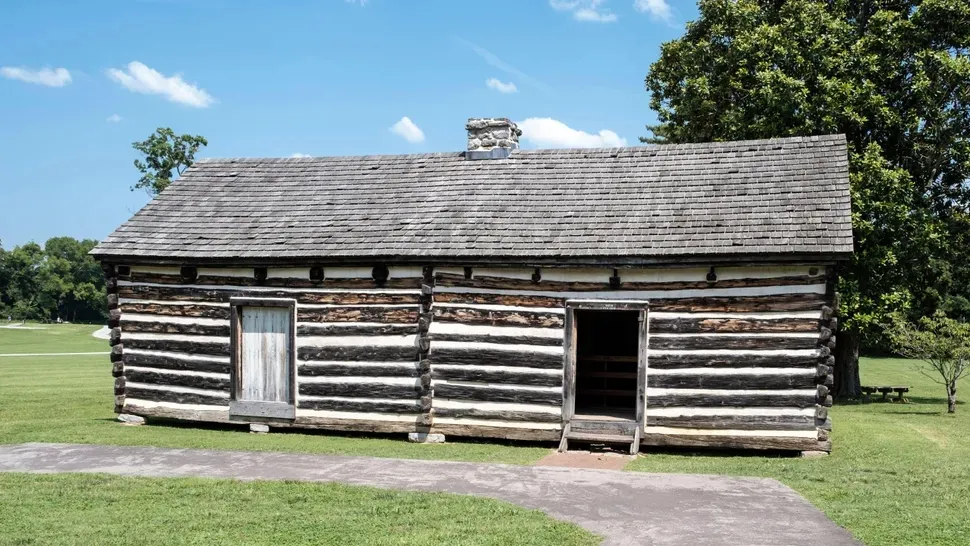Bodies of several slaves found near home of seventh US president
- December 13, 2024
- 0
funeral of slaves During his presidency alone, from 1829 to 1837, Andrew Jackson increased the number of slaves he owned to 95 people. In total, over the course
funeral of slaves During his presidency alone, from 1829 to 1837, Andrew Jackson increased the number of slaves he owned to 95 people. In total, over the course

During his presidency alone, from 1829 to 1837, Andrew Jackson increased the number of slaves he owned to 95 people. In total, over the course of almost a century, his family enslaved more than 300 people. Historians say they need to know as many details about those times as possible and make sure they find a cemetery of enslaved people at the Hermitage, Channel 24 reported, citing a statement issued by Andrew Jackson. Basis.
Jackson was involved in human trafficking throughout the southern United States in the late eighteenth and early nineteenth centuries, said Jason Zajac, president and chief executive officer of the Andrew Jackson Foundation, which maintains his home and offers tours today. The main source of his wealth was slavery. When he became the nation’s seventh president, he brought his enslaved people into the White House.
In 1804, Jackson purchased 172 acres of land in Nashville and named the site “Hermitage”. By the time Jackson died in 1845, the plantation had grown to over 405 acres.
Tony Guzzi, the Hermitage’s head of facilities operations, said in a statement that although the land has changed hands over the years, the cemetery site “nothing has been built on it and no crops have been grown.” That’s why this place has remained “as solid as can be for 180 years.”

Reconstruction of one of the buildings used by the people Andrew Jackson enslaved on his plantation / Photo: Charles O. Cecil
Although previous attempts to locate the long-lost graves of Jackson’s enslaved people have failed, technological advances and new financing led to the cemetery opening earlier this year.
Archaeologists discovered the cemetery in January on a small hill by a stream, about 305 meters from the farm’s main house. Experts used maps, surveys and aerial photographs to locate the graves mentioned in the 1935 report. The team cleared the 2-hectare search area of invasive plants, allowing them to see. Rows of depressions that convincingly indicate the existence of a cemetery.
To avoid disturbing the graves, the researchers used ground-penetrating radar, which allowed them to look underground without digging. According to Jason Zajac, although the radar survey identified 28 possible graves, “not all of them may be actual graves.” Additionally, other graves may be found in the future, as “work is just beginning here.”
The cemetery is expected to “become an educational facility with a central place in the history of the Hermitage.” The foundation is working to create an advisory committee made up of historians and descendants of people enslaved in the area to help make decisions about how to preserve and present the site.
Source: 24 Tv
I’m Maurice Knox, a professional news writer with a focus on science. I work for Div Bracket. My articles cover everything from the latest scientific breakthroughs to advances in technology and medicine. I have a passion for understanding the world around us and helping people stay informed about important developments in science and beyond.